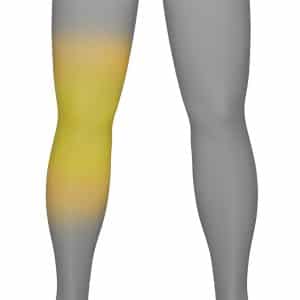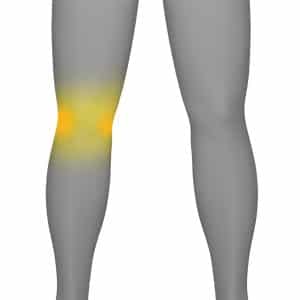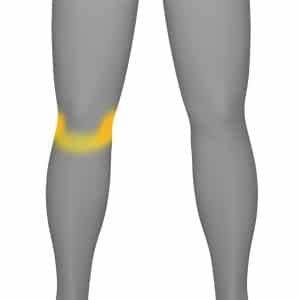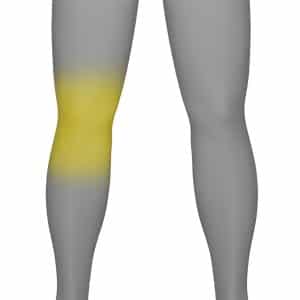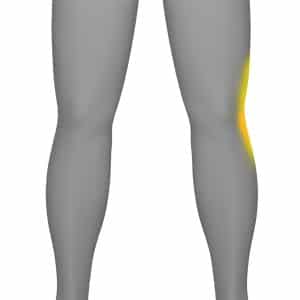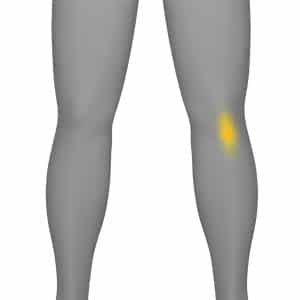Your knee
The knee joint is a hinge joint, which mainly allows for bending, straightening and a small degree of rotation. It is made up of the tibofemoral joint (between the thigh bone and the shin bone) and the patellofemoral joint (where the kneecap or patella slides on the thigh bone). These joints work together, alongside ligaments, tendons and muscles to provide a stable system to help when standing and walking.
The end of each bone is covered with cartilage, which allows the bones to move against each other almost without friction. The knee/ tibiofemoral joint has two extra pieces of cartilage called menisci, which spread the load more evenly across the knee. The knee joint is held in place by four large ligaments. These are thick, strong bands which run within or just outside the joint capsule. Together with the capsule, the ligaments prevent the bones moving in the wrong directions or dislocating. The thigh muscles (quadriceps) and patella tendon helps to hold the patellofemoral joint in place.
